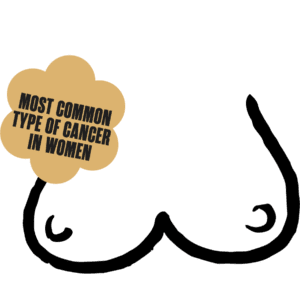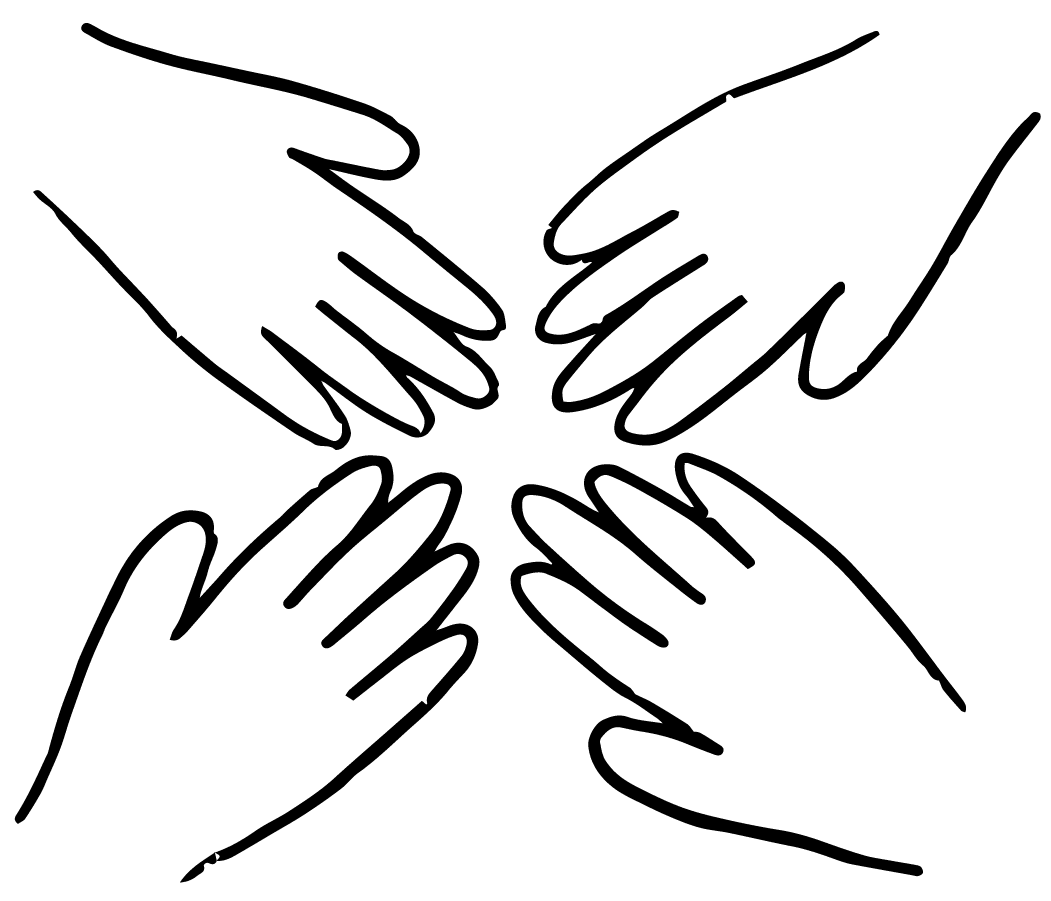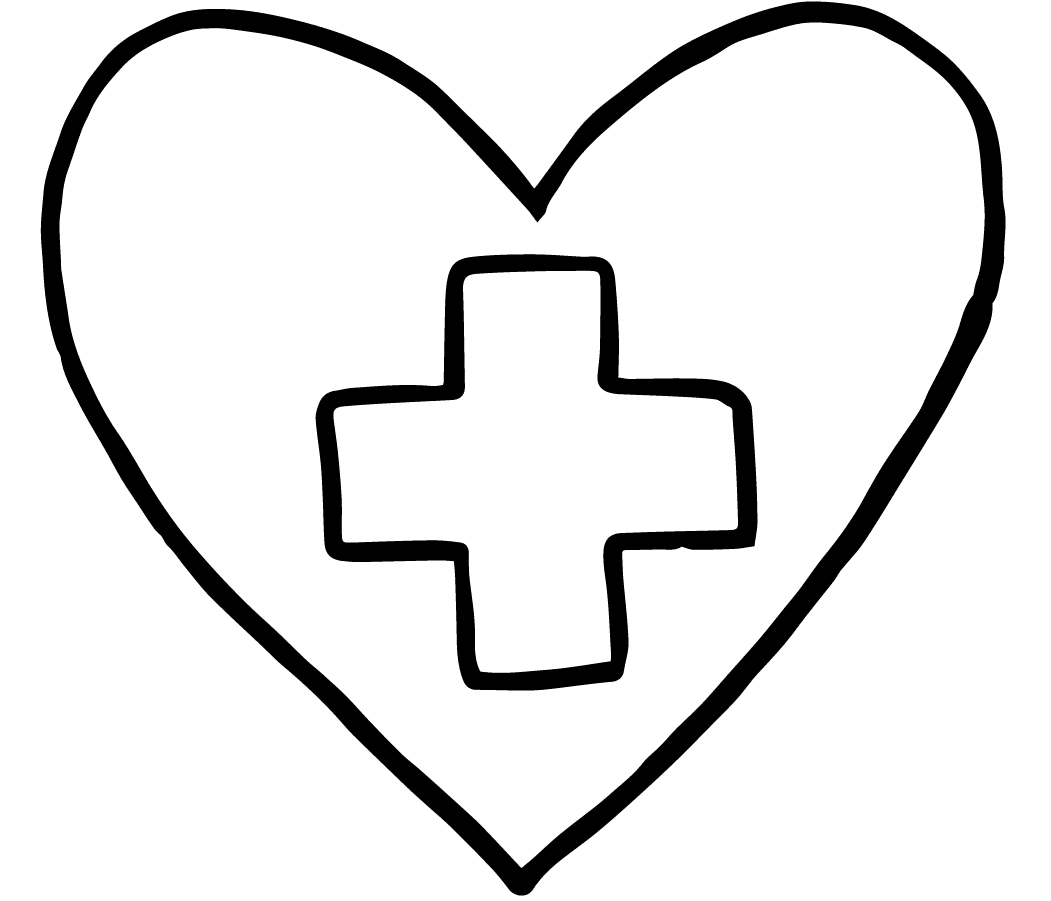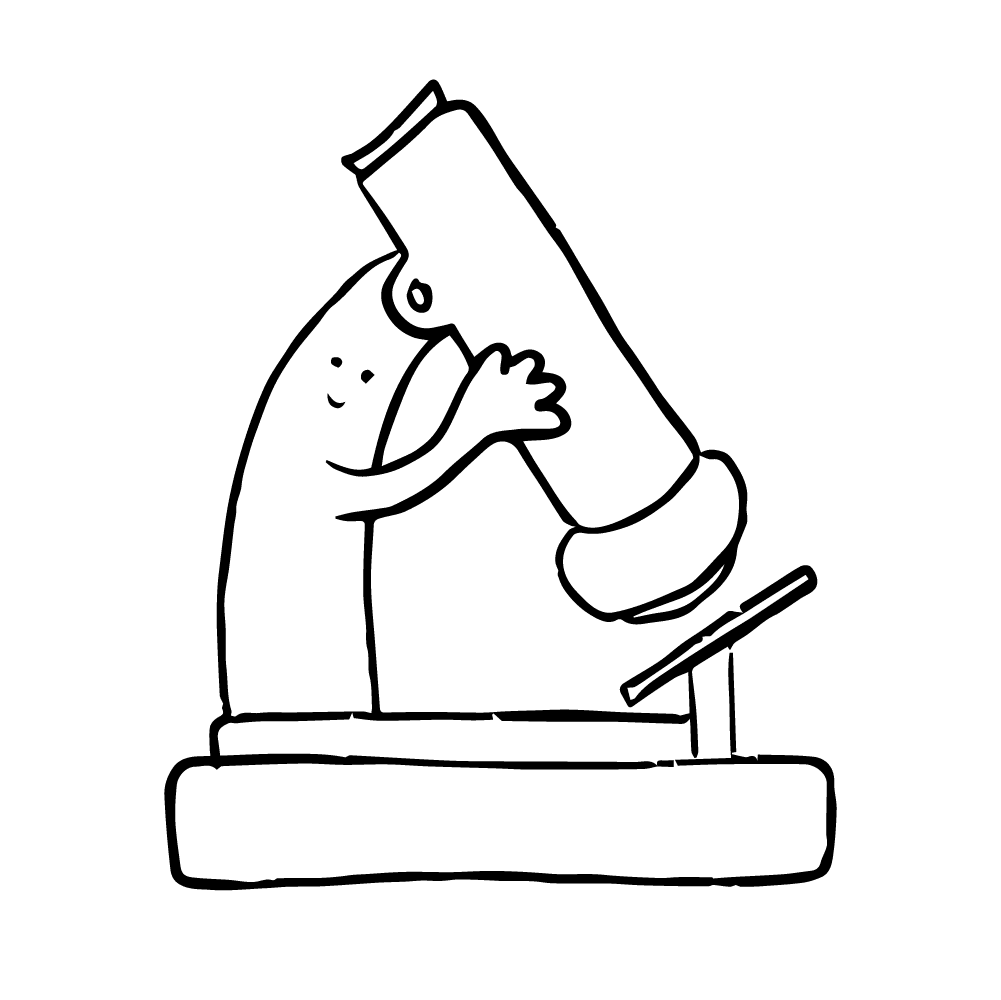
What is Breast Cancer?
Breast cancer is a type of cancer that starts in your breast. The majority of breast cancers are ductal cancers, meaning they start in the ducts that carry milk to your nipple. There are also lobular cancers (in the glands that produce breast milk), phyllodes tumors, and angiosarcoma.
Who Does Breast Cancer Affect?
Breast cancer primarily affects people who were assigned female at birth, but people assigned male at birth can be diagnosed with breast cancer too.
In 2025,
316,950 new diagnoses in women
2,800 new diagnoses in men
42,170 women will die
510 men will die
Breast Cancer Facts
Breast cancer has a
91% 5-year survival rate
Hispanic/Latina and Asian/Pacific Islander women have the lowest breast cancer incidence and death rates of all races. Despite Black women having lower rates of breast cancer incidence than White women, mortality from breast cancer is 38% higher among Black women. LGBTQIA+ women are also at greater risk of breast cancer.
*Note: All statistics are based on the U.S. population.
Why? Black women’s increased mortality due to breast cancer can be linked to many things. They are more likely to experience certain risk factors for breast cancer, including diabetes, heart disease, and obesity. Black women are also more likely to be diagnosed with aggressive types of breast cancer, such as triple-negative breast cancer (TNBC) and inflammatory breast cancer, which have higher mortality rates.
Why? Black women are less likely to have adequate health insurance coverage and access to cancer screenings. This means Black women’s breast cancer is often caught later when it is harder to treat.
Why? Hispanic women are less likely to have access to breast cancer screening and less likely to receive timely follow-up care after an abnormal screening, leading to worse treatment outcomes.
Why? LGBTQIA+ women are less likely to complete cancer screenings, more likely to have bad experiences with medical providers, experience more discrimination, and have lower rates of health insurance.
Breast Cancer Risk Factors
The risk factors of breast cancer are a combination of your genetics and lifestyle choices. Just because you have one, five, or all of these risk factors does not guarantee you will develop breast cancer in your lifetime. But risk factors are important to understand so you can adjust your lifestyle-based risks, talk to your doctor about your overall risk, and develop a routine screening plan to catch breast cancer early if it does develop.
- Being assigned female at birth
- Being older than 50 years old
- Having a personal or family history of breast cancer
- Having high breast tissue density (measured on a mammogram)
- Receiving high-dose radiation to the chest before age 30
- Testing positive for inherited genetic mutations like BRCA1 or BRCA2
- Having a long menstrual history where your periods start early and/or end late in life
- Never giving birth or only giving birth after age 30
- Having high natural levels of estrogen or testosterone
- Recently using hormonal contraceptives
- Gaining weight after the age of 18
- Being overweight or obese
- Utilizing hormone replacement therapy (aka menopausal hormone therapy) that combines estrogen and progestin to treat hormonal symptoms
- Drinking alcohol
- Not getting enough physical activity
Worried about your use of hormonal contraceptives or hormone replacement therapy? Talk to your doctor about your overall breast cancer risk and if it’s okay for you to continue using these medications. Life is all about finding your personal, healthy balance.
Breast Cancer Warning Signs
- A lump or mass in your breast that feels different than the surrounding tissue
- Changes to the size, shape, or appearance of your breast
- Changes to the skin over your breast, such as dimpling or skin redness
- Nipple abnormalities, like spontaneous discharge, scaliness, peeling, or nipple retraction
Learn more about cancer Early Detection.
Notice a warning sign? Talk to your doctor, not WebMD!
Breast Implants
Breast implants are generally safe. But there are important things to know if you currently have implants or are considering getting them, which many people do after surgery to treat breast cancer.
Breast Cancer Screenings
It’s important to do monthly breast self-exams and get routine mammograms even if you have implants. But, screenings can be a little more challenging with implants because they can get in the way. After you get implants, take some time to get to know how your new breasts look and feel. This will help you notice any changes in appearance or texture over time.
- Self-exams – Try different positions that help you work around the implant to feel your breast tissue, such as lying down, standing up, or raising your arms above your head.
- Mammograms – When you make your appointment, tell them that you have implants so they can properly complete the exam. Your doctor might also recommend other types of screening, such as an ultrasound or MRI.
If you notice symptoms such as swelling, a lump, pain, a rash, or a change in your implants, talk to a doctor. Keep scrolling for more information on breast screenings.
Implants & Breast Cancer
Implants are not linked to an increased risk of breast cancer. If you already have implants and then receive a breast cancer diagnosis, you may need to have your implants removed. During treatment, your implants can become painful and radiation can change the shape of your implant or cause an infection.
Implants & Other Types of Cancer
There is a rare type of cancer of the immune system, Breast Implant-Associated Anaplastic Large Cell Lymphoma (BIA-ALCL), that can occur specifically in people with breast implants. The most common symptoms of BIA-ALCL are pain, swelling, or lumps in your breast or armpit, and usually begin 3-14 years after you get implants.
BIA-ALCL is very rare and very treatable by removing the breast implant and its capsule. If cancer spreads beyond the lymph nodes, you may need additional treatment such as chemotherapy.
Getting Implants After Breast Cancer Treatment
Many people get implants after a mastectomy, which removes breast and other nearby tissues. Saline or silicone gel implants will be placed under the skin to reconstruct the shape of your breast. If your nipple and/or areola were impacted by your mastectomy, an additional surgery can be done to reconstruct their appearance as well. Breast reconstruction surgery happens either at the time of your mastectomy (immediate reconstruction) or at a later date (delayed reconstruction).
Preventing Breast Cancer
In general, breast cancer cannot be prevented. However, if you are considered high risk due to a strong family history of breast cancer or you have inherited genetic mutations, you may consider preventive surgery to remove your breasts. A doctor can help you understand your breast cancer risk and if preventive options are appropriate for you.
Learn more about cancer Prevention.
Finding Breast Cancer Early
We say it all the time: Early detection saves lives. By finding breast cancer early, it is easier to treat and there are better treatment outcomes.
If you were assigned female at birth, here’s what you should be doing:
Monthly Self-Exams
Anyone assigned female at birth should complete monthly breast self-exams starting after puberty. It’s about knowing your body really well, so if something out of the ordinary pops up, you can have a doctor check ASAP.
Routine Mammograms
Despite the cringey stories your mom or grandma might’ve told you, mammograms aren’t that scary, but they are critically important to breast cancer early detection. If you were assigned female at birth, you should develop a screening plan with your doctor based on your personal preferences, family history, and overall risk. In general, we recommend:
- All Women – Get a mammogram every 2 years from ages 40-74.
- Women at High-Risk of Breast Cancer, Including Black Women – You should also get a mammogram every 2 years from ages 40-74. However, since you’re at higher risk for breast cancer, you may want to start talking to your doctor before you turn 40 about when to start screening and how often to get screened.
Ready to Get Screened?
- You can get a mammogram at a clinic, hospital, or doctor’s office. If you’re not sure where to go, talk to your primary doctor and they can help you find a screening, or search online for a mammography facility near you.
- Most health insurance plans are required to cover breast cancer screenings every 1-2 years for women starting at age 40 with no out-of-pocket cost. The CDC also offers free or low-cost mammograms for some people. Find out if you qualify here.
Breast Cancer Treatment Options
Breast cancer treatment is very personalized and depends on several factors. If you’ve been diagnosed with breast cancer, you will typically undergo one or more of these treatments:
Surgery
Most people with breast cancer will undergo surgery at some point to remove the cancerous cells from the body or understand how advanced the cancer is. Types of surgery to treat breast cancer include:
- Lumpectomy – A surgeon will remove the cancerous tumor and a little bit of nearby healthy tissue, but not the entire breast. AKA breast-conserving surgery, partial mastectomy, quadrantectomy, segmental mastectomy.
- Mastectomy – A surgeon will remove your entire breast. There are many types of mastectomies, including skin-sparing and nipple-sparing.
Radiation Therapy
Radiation therapy is usually used as an additional treatment for breast cancer, and uses high-energy rays (or particles) to destroy cancer cells.
Chemotherapy
Chemo is an anti-cancer drug that is given orally and/or through an IV so that it can reach cancerous cells throughout the body. With breast cancer, chemo can be used after surgery to kill any remaining cancerous cells, before surgery to shrink the tumor size, or in metastatic breast cancer cases when the cancer has spread beyond the breast and underarm area.
Hormone Therapy
Some breast cancers are impacted by hormones, such as estrogen and progesterone, that allow the cancer to grow. Hormone therapy stops these hormones from attaching to the cancer.
To learn more about what to expect at your first treatment appointment, visit our Life With Cancer page.
After Breast Cancer Treatment
After breast cancer treatment, there is always a chance of recurrence, where the breast cancer can come back, or a second cancer, where you are diagnosed later in life with an additional type of cancer. Making healthy lifestyle choices can help prevent a second cancer from developing.
If you have undergone a mastectomy, you have more decisions to make. Your post-mastectomy options include:
Breast Reconstruction
You’ll have many additional options with breast reconstruction, including the type of tissue or implant used to shape your breast, whether to undergo reconstruction at the time of mastectomy or at a later date, and more.
Nipple and Areola Reconstruction
You can have your nipple and areola reconstructed through surgery and/or tattooing.
Goldilocks Technique
This option uses your mastectomy flap tissue to construct a breast mound.
“Going Flat” aka Opting for an Aesthetic Flat Closure
You can opt out of breast reconstruction after a mastectomy and instead choose to stay flat chested.
Prosthetics
Wearing a prosthesis can simulate the look of a nipple or breast without undergoing reconstructive surgery. The breast form is worn either inside a bra or attached to your body.
Cosmetic Alternatives
Regardless of your post-mastectomy decision, you could get new body art on your chest in the form of a tattoo.
Common Experiences of People with Breast Cancer
While each person’s experience with breast cancer is personal and unique, there are some common experiences that people with breast cancer may be going through.
Changing Sense of Self and Body Image
Because so much of body image is tied up in societal beauty standards, changing breast shape can significantly impact your self-esteem. This is normal, but try to remember all the other things you love about yourself and over time you might even come to love your chest again.
New Feelings About Sexuality
Breasts have historically been tied to sexuality, so as your breast shape, texture, or sensations change due to treatment, your approach to sexuality may be altered as well.
Feeling Like Everyone and No One Gets It, All at the Same Time
Breast cancer is common, but that doesn’t mean everyone who has experienced breast cancer has the same experience as you. It can be helpful to talk to people who’ve also been through this diagnosis, but your experience will also always be uniquely yours. Sometimes this dichotomy can feel confusing or frustrating.
Feeling Confused by Your Diagnosis
If you’re a man who is diagnosed with breast cancer, it can feel confusing to be diagnosed with something that society has labeled as a “woman’s disease.” Try to find other men who have also dealt with breast cancer to talk about your experience.
Source: American Cancer Society; Centers for Disease Control and Prevention; Food and Drug Administration; MD Anderson Cancer Center; National LGBT Cancer Network; UT Southwestern Medical Center









